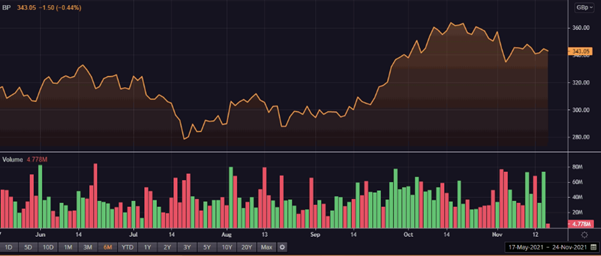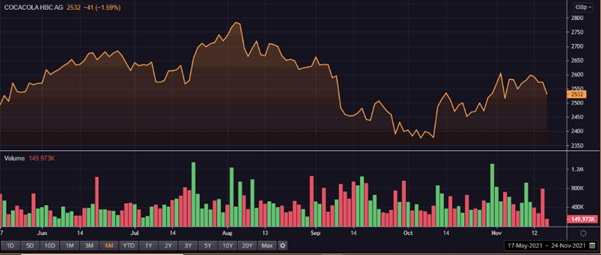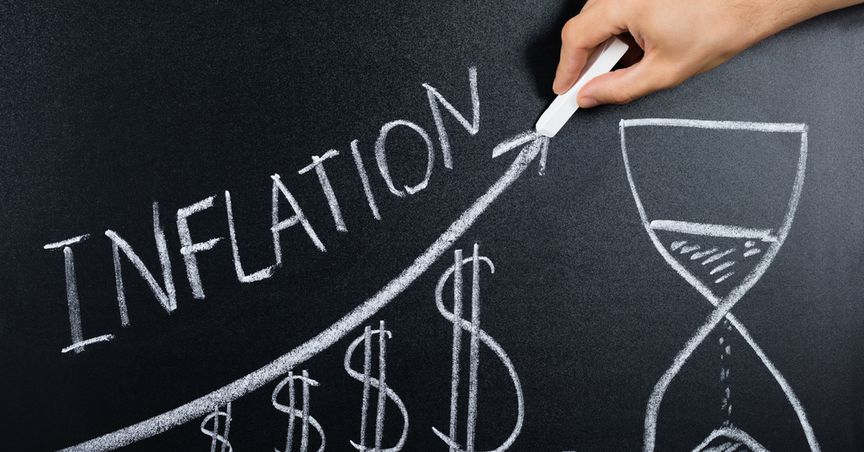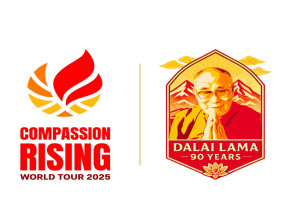Highlights
- October’s inflation rate rose to 4.2 per cent, an almost 10 year high since December 2011.
- The higher-than-expected reading was due to rising energy and fuel prices, supply chain crunch, amongst other factors.
The Consumer Price Index (CPI) in October jumped to 4.2 per cent, compared to the 3.1 per cent in September, according to data from the Office for National Statistics (ONS). The October inflation rate was higher than market expectations and also reached an almost decade high level since December 2011.
The rise comes amid soaring energy prices, with the UK energy regulator Ofgem hiking its price cap by 12 per cent in October.
The annual inflation rate for electricity jumped to 18.8 per cent, whereas it rose to 28.1 per cent for gas, making them the highest yearly inflation rate since early 2009.
Some other factors which weighed on October’s CPI reading included rising fuel costs, the food, hospitality and household goods sectors that have been impacted by the ongoing supply chain issue, and other factors.
Petrol supply was impacted in September and October due to a severe lorry driver shortage, which led to panic buying and chaos at petrol retail stations. Thus, October’s average petrol prices touched a high of 138.6 pence per litre, the highest since September 2012.
While the inflation rate for the food and non-alcoholic drinks sector rose to 1.2 per cent and used car prices by 4.6 per cent from September to October. Second-hand car prices have shot up due to a lower supply of new cars amid a global chip shortage.
Let us take a deep dive into 2 FTSE 100 index listed stocks and their investment prospects:
- BP PLC (LON: BP)
BP is a British oil supermajor and is one of the largest forecourt operators in the country.
The company recently stated its plans to broaden its existing renewable natural gas (RNG) joint venture with US-based natural gas distribution company, Clean Energy Fuels Corp.
The expanded plans will build on its previously stated goals of funding and developing new projects at dairy farms by first starting in the Midwestern region in the US.
The first RNG plant is expected to be operational in the next year.

(Image source: Refinitiv)
BP’s shares were trading at GBX 343.15, down by 0.41 per cent on 17 November at 10:11 AM BST. Comparatively, the fossil fuel sectoral index was at 5,942.24, down by 0.93 per cent.
The company’s market cap stood at £68,398.49 million, and its one-year return is at 37.09 per cent as of 17 November.
- Coca-Cola HBC AG (LON: CCH)
Coca-Cola Hellenic Bottling Company is a growth-focused consumer packaged goods company and is the world’s third-largest Coca Cola anchor bottlers by volume.
The group said in its Q3 2021 trading update that its total group FX-neutral net sales revenue growth rate in Q3 2021 was at 17.1 per cent, compared to Q3 2020. And its total group FX-neutral volume growth rate in Q3 2021 was up by 13.1 per cent from the year before.
The sharp growth was attributed to the group’s focused strategy.

(Image source: Refinitiv)
Coca-Cola HBC’s shares were trading at GBX 2,518.00, down by 2.14 per cent on 17 November at 09:54 AM BST. Meanwhile, the FTSE 100 index, which it is a part of, was at 7,300.76, down by 0.36 per cent.
Comparatively, the beverages sectoral index was at 29,842.04, down by 0.15 per cent.
The company’s market cap stood at £ 9,404.45 million, and its one-year return is at 10.97 per cent as of 17 November.




